
Armada Española – The Spanish Navy 1860-1890
 About 45 new ships 1860-70: 7 Ironclads, 7 Frigates, 8 sloops
About 45 new ships 1860-70: 7 Ironclads, 7 Frigates, 8 sloops
A difficult situation for Spain in 1860
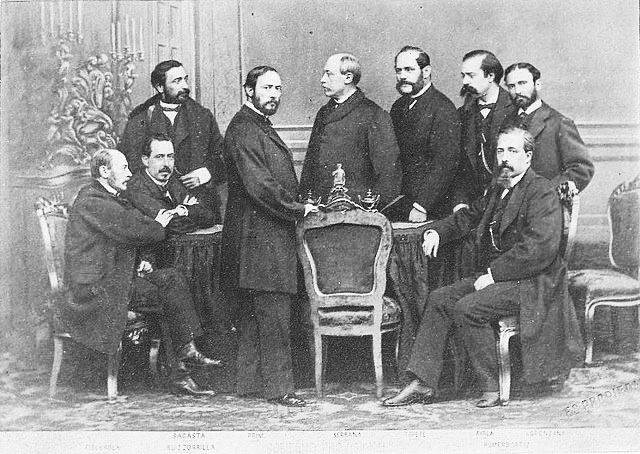
The provisional Government of the “Glorious Revolution” in 1869.
In 1860, Spain is reeling for a major even for its empire: The loss of its South American Empire, and the revenues that went with it. The Reign of Ferdinand VII (1813–1833) was marked by the “Ominous Decade” (1823–1833) in which Ithe failure of the second bourgeois revolution was followed by ten years of uneasy peace and succession problems. Ferdinand eventually sidelined his brothers and with “the Pragmatic Sanction of 1830” enabled his daughter Isabella to become Queen while his brother Carlos fled to Portugal.
The Reign of Isabella II was marked by political turmoil as in 1856, General O’Donnell after his pronunciamiento ousted a progresive party ministry, and attempted to form the Liberal Union but soon was bogged down in Morocco, waged with Juan Prim. It was followed by the “Sexenio Democrático” from 1868, the “Glorious Revolution” taking place with progresista generals Francisco Serrano and Juan Prim revolting against Isabella, defeated her generals at the Battle of Alcolea and the queen deposed and exiled in Paris. For prefixes, “NSB” for “Nuestra Señora Buque” was generally used.
Articles to cover:
Numancia (1863)
Tetuan (1863)
Vitoria (1865)
Arapiles (1864)
Zaragosa (1867)
Sagunto (1869)
Mendez Nunez (1869)
Spanish wooden s. frigates (1861-65)
Frigate Tornado (1865)
Frigate Maria de Molina (1868)
Spanish sail gunboats (1861-65)
The Spanish fleet until 1960
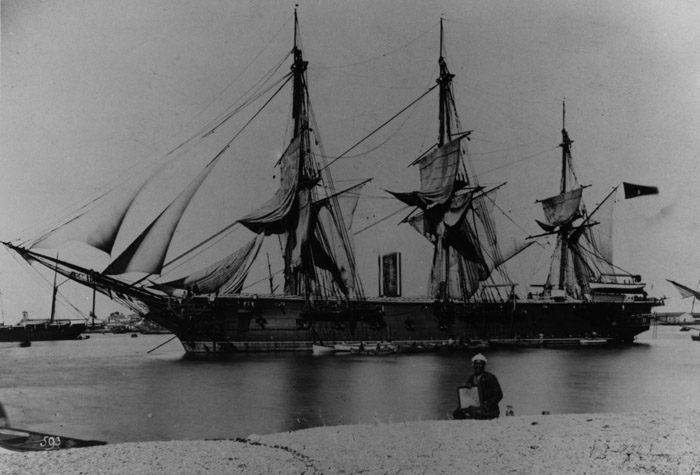
2300 tons steam frigate Concepcion
To establish a strong and homogenous navt once need perenity and quiet, to ensure an unwaving policy of years and constant budget influx. The effort to modernize the Spanish Armada was trigerred by the innovation of its northern neighbour, France, in 1859, unveiling an “armoured frigate” which revolutionalized naval warfare. The navy ministry of the time, under Isabella II (reference to find), suggested to start the construction of a fleet of ironclads tp keep the Armada relevant in the Imperial game.
Despite the loss of her South American empire in the first half of the nineteenth century, Spain still possessed large territories overseas, and kept a reasonably-sized navy. In 1860 the most modern ships were 3 screw frigates (Asturias. Berenguela and Blanca), 5 screw sloops or gunboats, 3 paddle frigates and 26 paddle gunboats. The sailing navy consisted of 2 86-gun ships-of-the-line, 4 frigates, 4 corvettes and 25 smaller craft. Under construction were 2 screw frigates (Concepcion, 2300t and Lealtad, 3075t) and six smaller steam vessels:
- Two 86-gun ships-of-the-line:
- Three screw frigates: Asturias, Berenguela, Blanca
- Four sailing frigates
- Four sailing Corvettes
- Five screw sloops
- Three paddle frigates
- 26 paddle gunboats
- 25 small sailing brigs and sloops
The ill-fated Spanish 75-guns
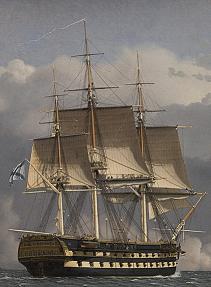 Spain completed no further ships of the line after 1796, for more than 50 years, but still, three were under construction in Ferrol and Havana during the French occupation. Work ceased and they were all broken up on the stocks. Later, after Napoleon’s exile, five 74-gun ships were acquired from Russia (February 1818), but their poor condition terminated their life without seeing any service:
Spain completed no further ships of the line after 1796, for more than 50 years, but still, three were under construction in Ferrol and Havana during the French occupation. Work ceased and they were all broken up on the stocks. Later, after Napoleon’s exile, five 74-gun ships were acquired from Russia (February 1818), but their poor condition terminated their life without seeing any service:
- España 74 (launched 1811 at Arkhangelsk, ex-Russian Nord-Adler, sold to Spain 1818) – Stricken 1821
- Alejandro I 74 (launched 1813 at Arkhangelsk, ex-Russian Drezden, sold to Spain 1818) – Stricken 1823
- Numancia 74 (launched 1813 at Arkhangelsk, ex-Russian Liubek, sold to Spain 1818) – BU 1823
- Velasco 74 (launched 1810 at St Petersburg, ex-Russian Tri Sviatitelei, sold to Spain 1818) – Stricken 1821
- Fernando VII 74 (launched 1812 at St Petersburg, ex-Russian Neptunus, sold to Spain 1818) – Stricken 1823
The Spanish 85-guns Ships of the Line
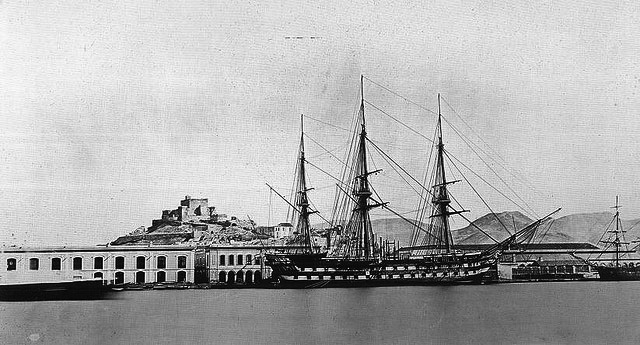
NSB Reina Doña Isabel II, photo by Charles Clifford, Cartagena 1862
The game changers were at last, two 86-gun ships ordered in 1850, laid down on 19 November and 2 December 1850:
–Reina Doña Isabel II, launched 13 October 1852 at Carraca. She was stricken on 18 July 1867, but still extant 1885 as a pontoon.
–Rey Don Francisco de Asís, launched 18 September 1854 at Ferrol. She was decommissioned in 1876 and BU.
Note: This is a work in progress !
The Ironclad Craze and naval Program
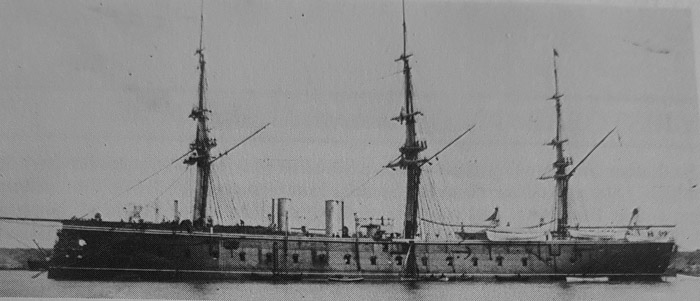
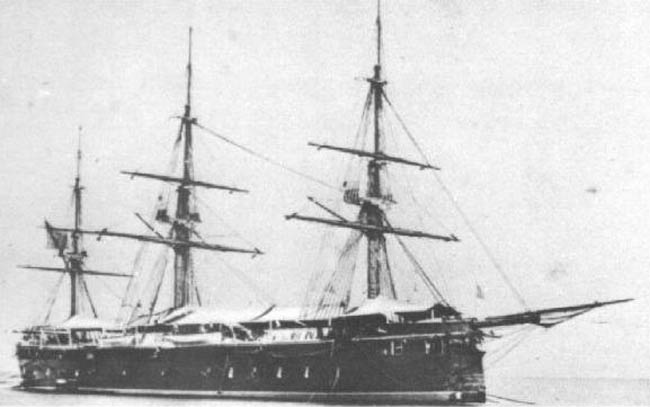
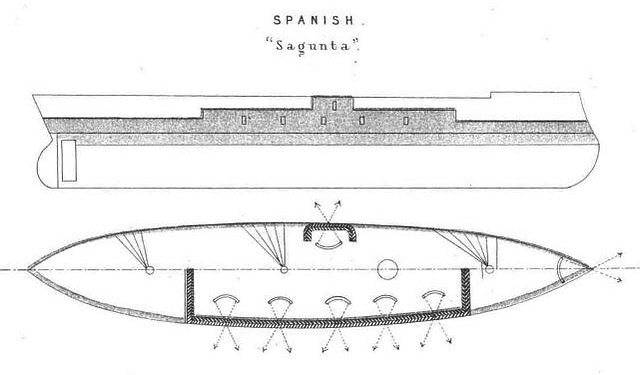
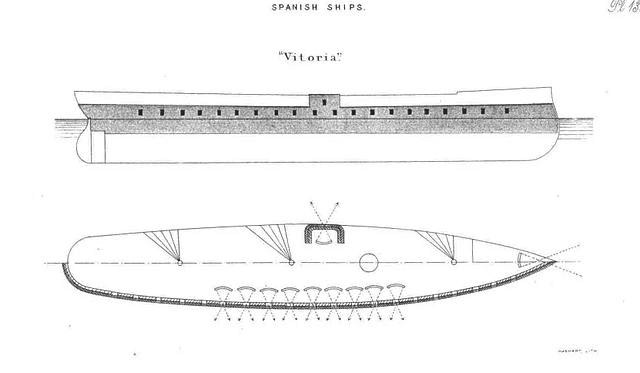
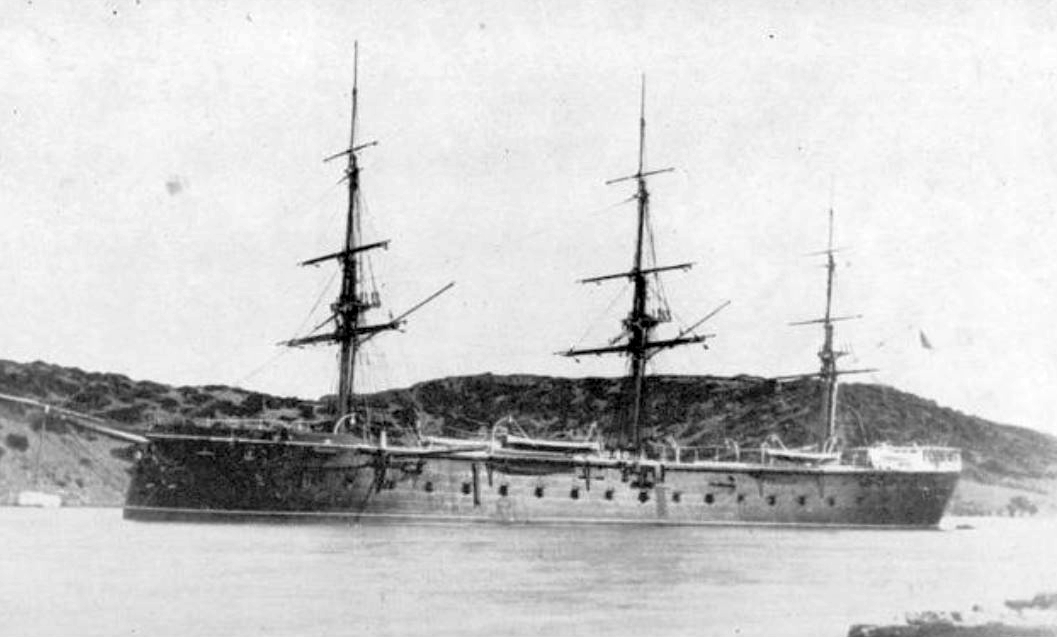
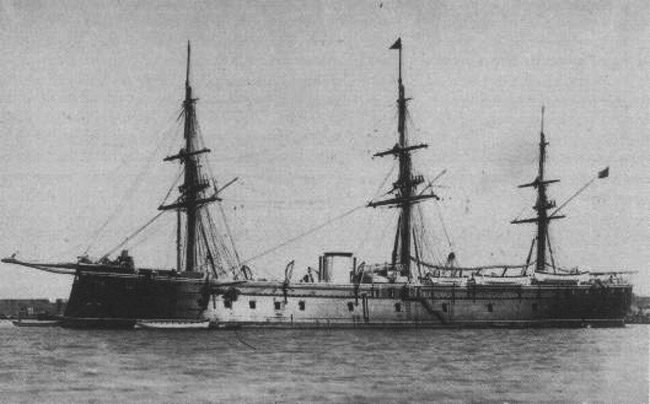
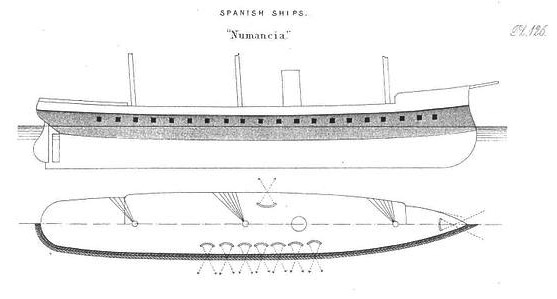
Spain was one of the few naval powers of the second rank to build broadside ironclads, most being converted from wooden frigates at various stages of design and construction, although the two largest (acquired from Britain and
France) were constructed of iron. Thus by the early 1870s Spain possessed-on paper at least – an impressive squadron of 7 ironclads. Spain also manufactured her own Hontoria guns, but these weapons were mainly licensed versions of Pallisers at first and Schneider-Canet designs later. Parrot, Armstrong and Krupp guns were also purchased and Spain used Schwartzkopf torpedoes.
The Spanish Navy was involved, without any great glory, in the 1864-66 war against Peru and Chile, and the Cadiz mutiny of 1868 played a significant part in ending Isabella II’s long and despotic rule. There followed a period of political unrest which eventually erupted into open civil war between three factions, during which Cartagena and its squadron were seized by radical republicans.
The civil war was settled in 1874 by the restoration of the monarchy, at which time Spain was faced with the prospect of war with the USA over the Virgi affair. Mercenaries aboard this steamer were thought to be en route to aid the Cuban rebels (the guerrilla war had been going on since 1968), the steamer was seized by the Tomado and many of the American and British crew were shot.
The incident was smoothed over and a Cuban settlement was reached in 1879 but it left a legacy of resentment against Spanish policy in the New World. In 1898 the USS Maine blew up in Havana harbour-but certainly not by Spanish agency-and the USA had a perfect cause for declaring war. During this short war Spain lost not only most of her fleer in the Battles of Manila Bay and Santiago but ultimately also Cuba, the Philippines and most of her remaining colonies. After this blow, there was no real attempt to rebuild the Spanish Navy and even vessels under construction such as the Asturias class armoured cruisers took many years to complete.
Read More & Src
On history.navy.mil
Vitoria
Tetuan
Numancia
Full list Spanish warships on todoavante.es
Spanish Ironclads
 Numancia (1863)
Numancia (1863)
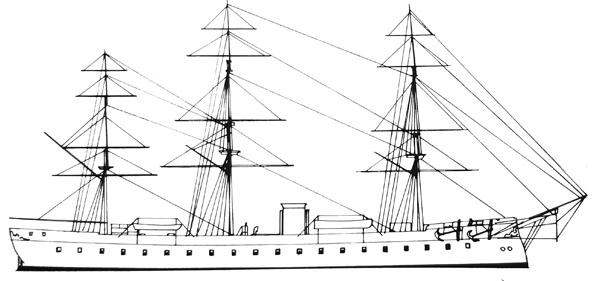
Built at La Seyne, France, launched 19.11.1863. She was an iron-hulled ship-rigged vessel with one funnel and a ram bow. As built she was armed with 40-68pdr SB but by 1890 the armament was as above. The 10in guns were 181 Armstrong weapons mounted on the main deck; 4 of the 91 8in Armstrongs were also mounted on the main deck, with the other 3 on the upper deck and the 7.8in Hontoris gun on the forecastle. Numancia was completely rebuilt at La Seyne in 1897-98 and rearmed with 4-6.4in QF, 6-5.5in QF, 3-4.7in QF, 12 MGs and ZTT. She was also re-engined, and could then reach 13 kts.
Specs:
Displacement: 7,189 tons
Dimensions: 315ft pp x 57 x 27tt max (96.01 x 17.37 x 8.22m)
Machinery: 1 shaft, 3700 hp, 10 kts. Coal 1100 tons
Armour: Iron. 5-in belt, 4in battery
Armament: 8-10in RML, 7-8in RML, 1-7.9in BL, 8 MGs, 2-14in TT
Complement: 500
 Tetuan (1863)
Tetuan (1863)
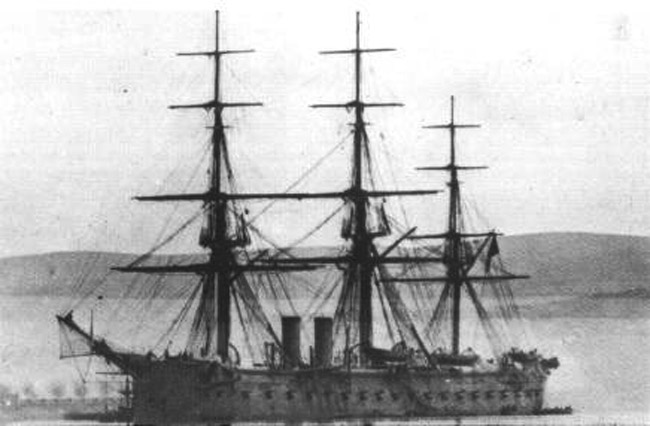
Laid down in 1861 and originally intended to carry 41 guns. She resembled the French Normandie in overall appearance, but with noticeably small gun ports. Seized by Red matineers during the civil war, she was badly damaged in action
with the loyalist Vitoria and eventually blown up in Cartagena harbour to avoid capture.
Specs:
Displacement: 7135t
Dimensions: 316ft 2in pp x 57ft x 26ft 5in max (96.37 17.37 x 8.07m)
Machinery; I shaft, 4500ihp = 12kts. Coal 875t
Armour: Iron. Belt 5in, battery 5in
Armament: 8-9in RML, 2-8in RML, 1-7.9in BL, 8 MGs, 2-14in TT
Complement: 500
 Vitoria (1865)
Vitoria (1865)
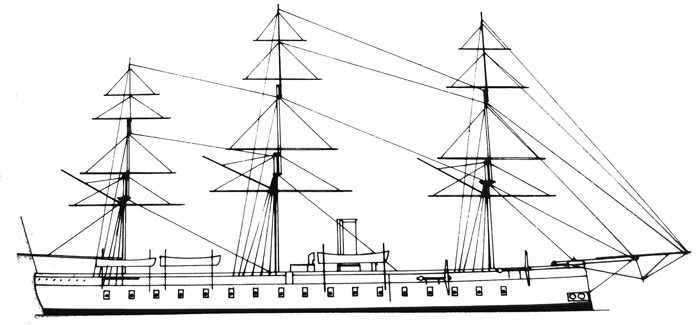
Launched 4.11.1865 at Thames Iron Works, this was an iron-hulled, ship-rigged vessel with two funnels and a ram bow, originally armed with 30-68pdr SB. In 1890 the 9in Armstrongs were mounted on the broadside with the 8in Armstrongs in an upper deck redoubt on the broadside and the single Hontoria 7.9in under the topgallant forecastle. The armour belt extended from 13ft above wt to 7ft below. There was a CT in the redoubt. Vitoria was reconstructed at La Seyne in 1897-8, reduced to military rig and rearmed with 6-6.4in, 6-5.5in QF, 6-6pdr, 6 MGs and 2 TT. She was used as a TS after 1900.
Specs:
Displacement: 7135t
Dimensions: 316ft 2in pp x 57ft x 26ft 5in max (96.37 17.37 x 8.07m)
Machinery; I shaft, 4500ihp = 12kts. Coal 875t
Armour: Iron. Belt 5in, battery 5in
Armament: 8-9in RML, 2-8in RML, 1-7.9in BL, 8 MGs, 2-14in TT
Complement: 500
 Arapiles (1864)
Arapiles (1864)
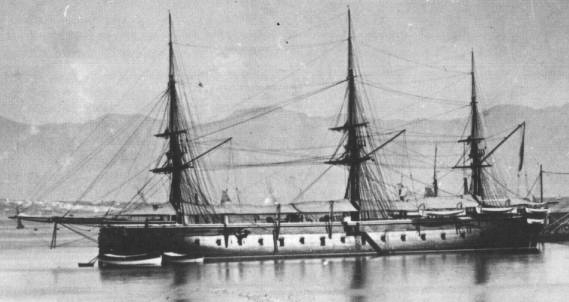
Arapiles was a Spanish broadside ironclad, wooden hulled armoured frigate built in England, launched in 1864 and in service until 1882. She was bought on the stocks, for the Spanish Navy, while being started at Green, Blackwall, London in June 1861 as an unarmored steam frigate. She was then purchased and converted into an ironclad while under construction. In 1873 she was damaged after running aground and repaired in the United States during the Virginius Affair and tensions between the US and Spain. She was hulked in 1879, but never sailed again. She was inspected in 1882 and her hull’s poor condition forced her reconstruction to be cancelled in 1882 so she was scrapped afterwards.
 Zaragosa (1867)
Zaragosa (1867)
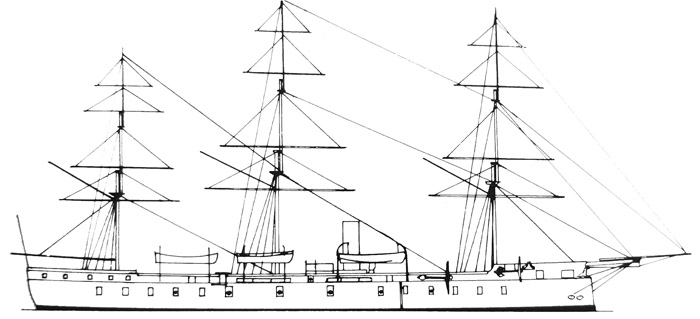
(To Come)
 Sagunto (1869)
Sagunto (1869)
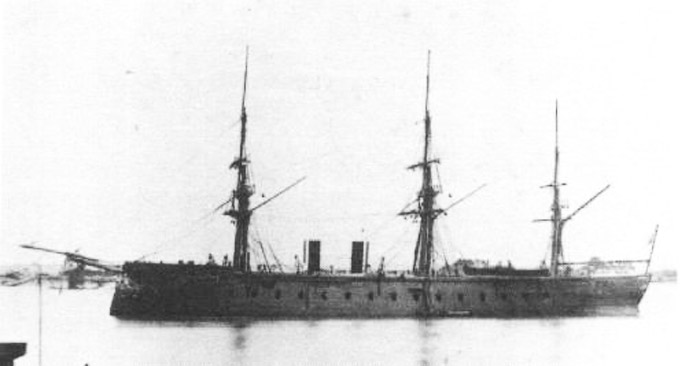
(To Come)
 Mendez Nunez (1869)
Mendez Nunez (1869)
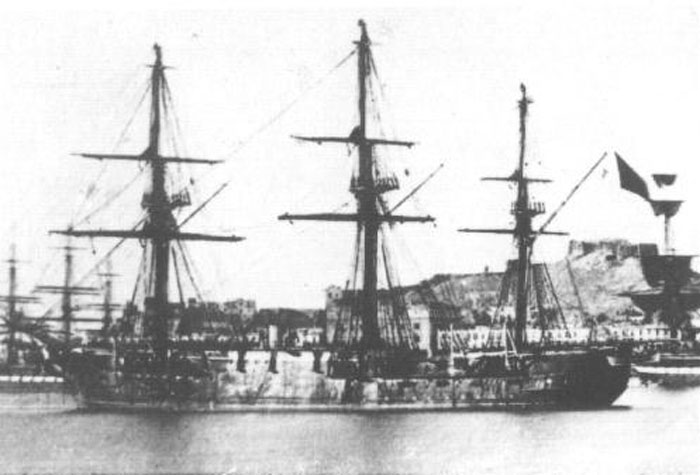
Spanish Frigates & Corvettes
 Frigate Carmen (1861)
Frigate Carmen (1861)
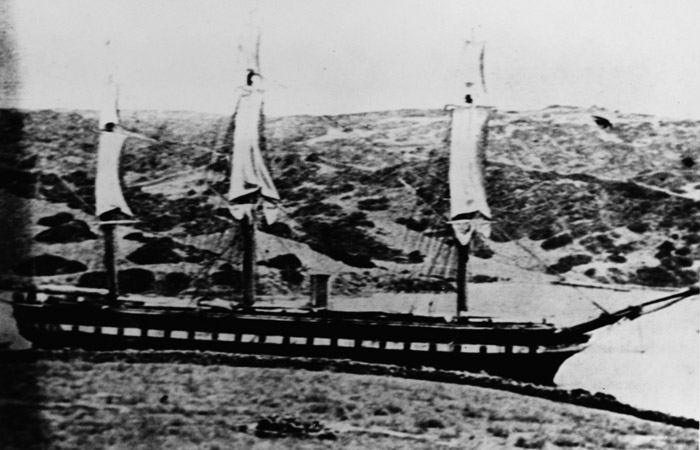
(To Come)
 Frigate Villa de Madrid (1862)
Frigate Villa de Madrid (1862)

 Frigate Almansa (1864)
Frigate Almansa (1864)
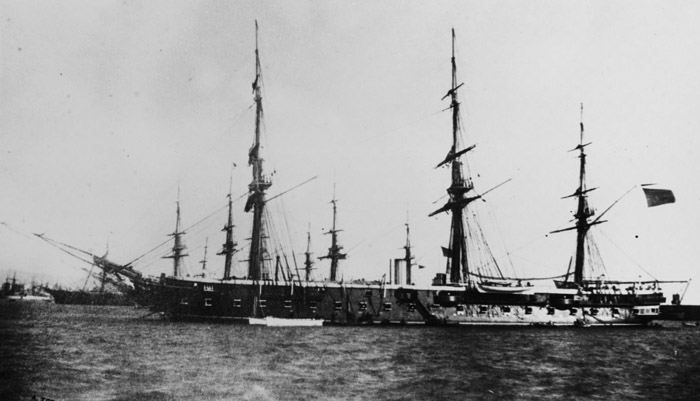
 Frigate Gerona (1864)
Frigate Gerona (1864)
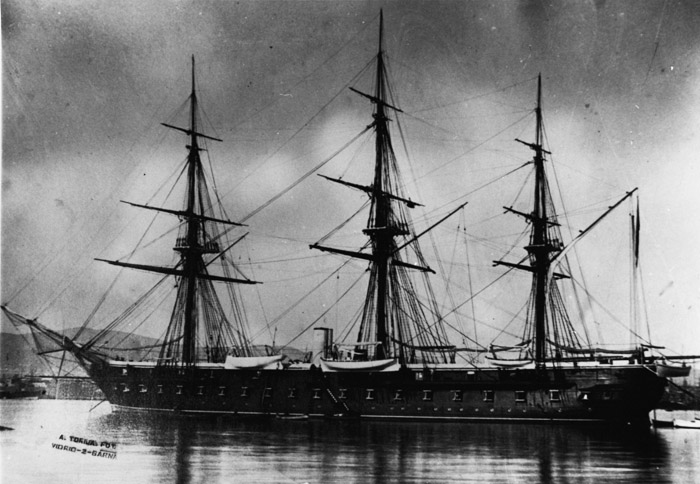
 Frigate Navas de Tolosa (1865)
Frigate Navas de Tolosa (1865)

 Corvette Tornado (1865)
Corvette Tornado (1865)
 Corvette Maria de Molina (1868)
Corvette Maria de Molina (1868)
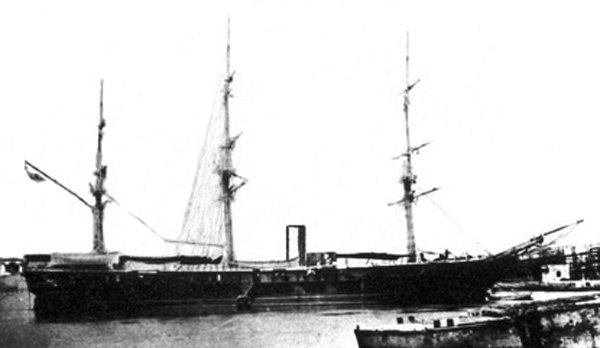

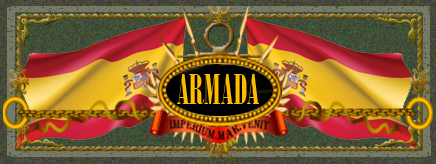
 Latest Facebook Entry -
Latest Facebook Entry -  X(Tweeter) Naval Encyclopedia's deck archive
X(Tweeter) Naval Encyclopedia's deck archive Instagram (@navalencyc)
Instagram (@navalencyc)





 French Navy
French Navy Royal Navy
Royal Navy Russian Navy
Russian Navy Armada Espanola
Armada Espanola Austrian Navy
Austrian Navy K.u.K. Kriegsmarine
K.u.K. Kriegsmarine Dansk Marine
Dansk Marine Nautiko Hellenon
Nautiko Hellenon Koninklije Marine 1870
Koninklije Marine 1870 Marinha do Brasil
Marinha do Brasil Osmanlı Donanması
Osmanlı Donanması Marina Do Peru
Marina Do Peru Marinha do Portugal
Marinha do Portugal Regia Marina 1870
Regia Marina 1870 Nihhon Kaigun 1870
Nihhon Kaigun 1870 Preußische Marine 1870
Preußische Marine 1870 Russkiy Flot 1870
Russkiy Flot 1870 Svenska marinen
Svenska marinen Søværnet
Søværnet Union Navy
Union Navy Confederate Navy
Confederate Navy Armada de Argentina
Armada de Argentina Imperial Chinese Navy
Imperial Chinese Navy Marinha do Portugal
Marinha do Portugal Mexico
Mexico Kaiserliche Marine
Kaiserliche Marine 1898 US Navy
1898 US Navy Sovietskiy Flot
Sovietskiy Flot Royal Canadian Navy
Royal Canadian Navy Royal Australian Navy
Royal Australian Navy RNZN Fleet
RNZN Fleet Chinese Navy 1937
Chinese Navy 1937 Kriegsmarine
Kriegsmarine Chilean Navy
Chilean Navy Danish Navy
Danish Navy Finnish Navy
Finnish Navy Hellenic Navy
Hellenic Navy Polish Navy
Polish Navy Romanian Navy
Romanian Navy Turkish Navy
Turkish Navy Royal Yugoslav Navy
Royal Yugoslav Navy Royal Thai Navy
Royal Thai Navy Minor Navies
Minor Navies Albania
Albania Austria
Austria Belgium
Belgium Columbia
Columbia Costa Rica
Costa Rica Cuba
Cuba Czechoslovakia
Czechoslovakia Dominican Republic
Dominican Republic Haiti
Haiti Hungary
Hungary Honduras
Honduras Estonia
Estonia Iceland
Iceland Eire
Eire Equador
Equador Iran
Iran Iraq
Iraq Latvia
Latvia Liberia
Liberia Lithuania
Lithuania Mandchukuo
Mandchukuo Morocco
Morocco Nicaragua
Nicaragua Persia
Persia San Salvador
San Salvador Sarawak
Sarawak Uruguay
Uruguay Venezuela
Venezuela Zanzibar
Zanzibar Warsaw Pact Navies
Warsaw Pact Navies Bulgaria
Bulgaria Hungary
Hungary

 Bundesmarine
Bundesmarine Dutch Navy
Dutch Navy Hellenic Navy
Hellenic Navy Marina Militare
Marina Militare Yugoslav Navy
Yugoslav Navy Chinese Navy
Chinese Navy Indian Navy
Indian Navy Indonesian Navy
Indonesian Navy JMSDF
JMSDF North Korean Navy
North Korean Navy Pakistani Navy
Pakistani Navy Philippines Navy
Philippines Navy ROKN
ROKN Rep. of Singapore Navy
Rep. of Singapore Navy Taiwanese Navy
Taiwanese Navy IDF Navy
IDF Navy Saudi Navy
Saudi Navy Royal New Zealand Navy
Royal New Zealand Navy Egyptian Navy
Egyptian Navy South African Navy
South African Navy






























 Ukrainian Navy
Ukrainian Navy dbodesign
dbodesign